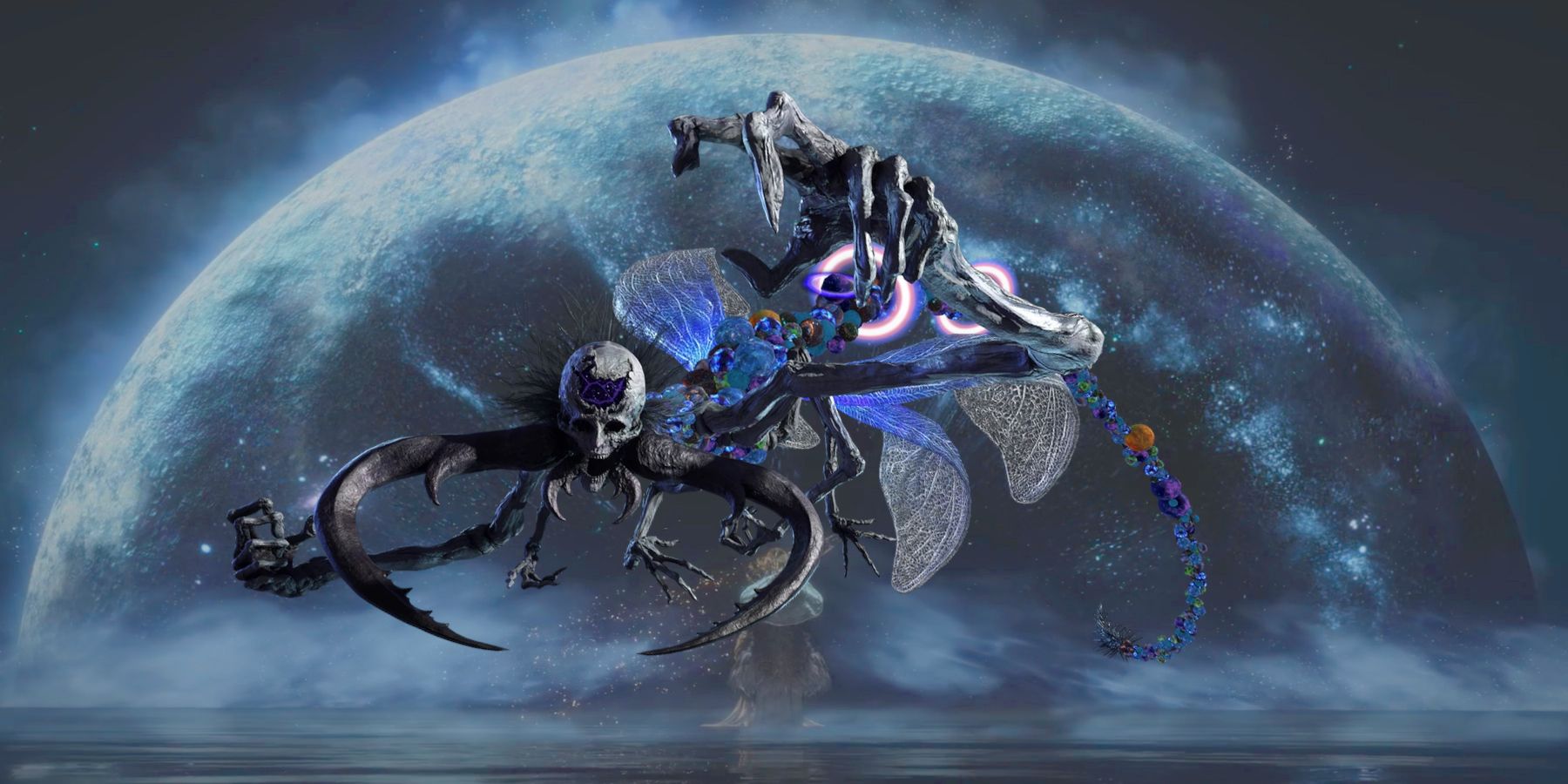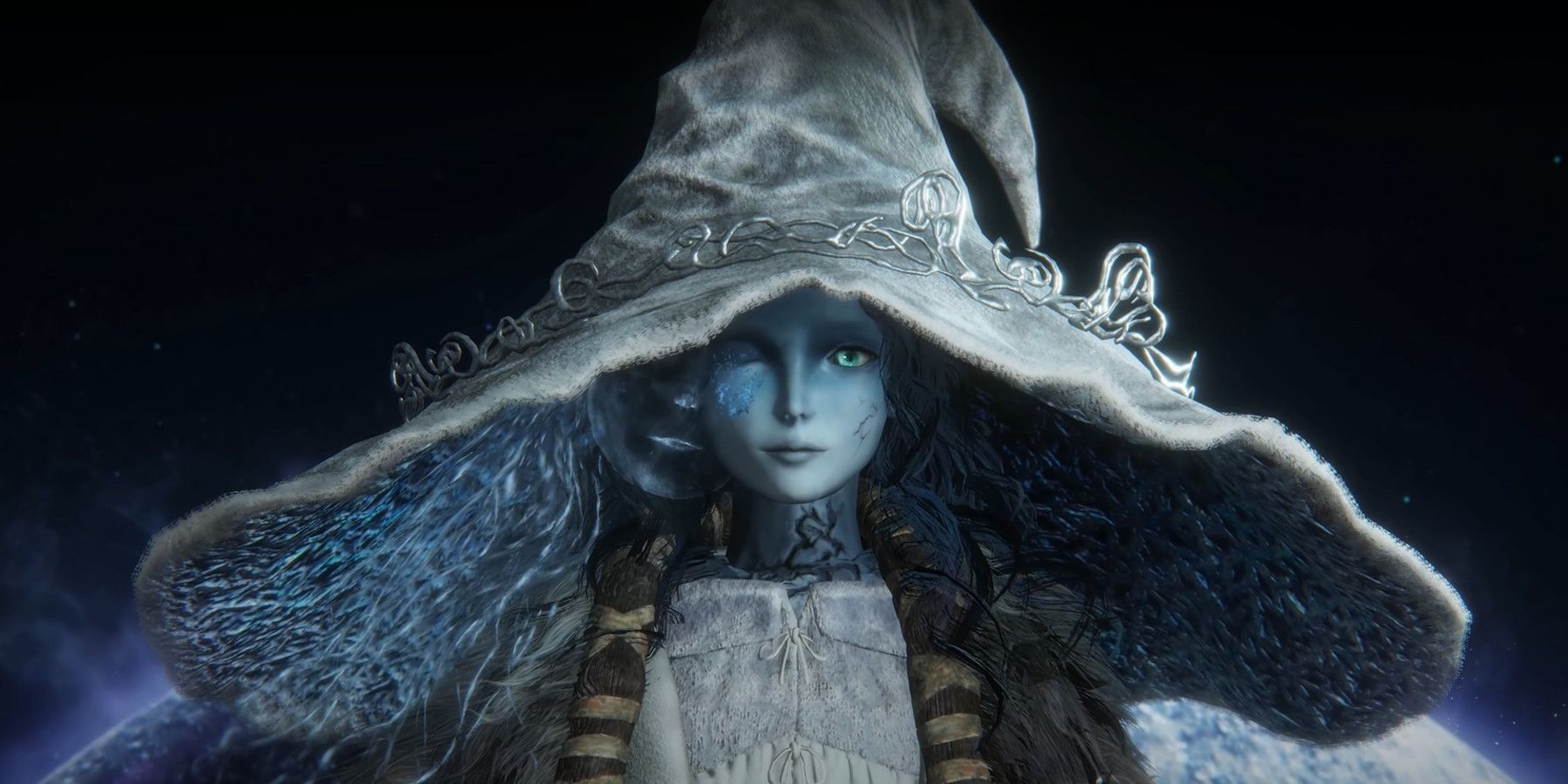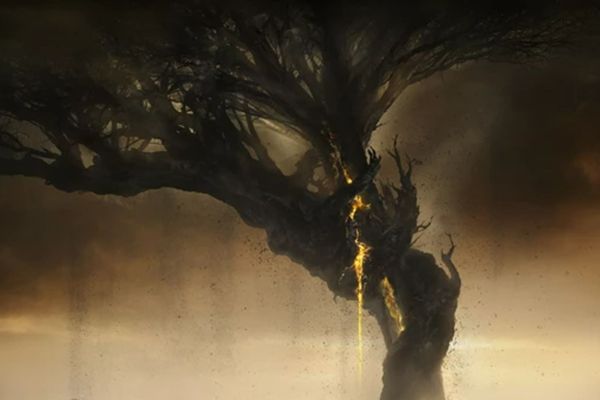
The Enigmatic Lore of Elden Ring's Astel, Born of the Void

Discover the secrets of Elden Ring's most enigmatic boss, Astel, Naturalborn of the Void Uncover hidden connections to the Age of Stars and unravel its opposition to Ranni as a tool of the Greater Will Delve into the Eternal Cities for clues and prepare for an epic battle
Elden Ring boasts an impressive array of unforgettable boss encounters, solidifying FromSoftware's reputation for creating innovative and epic fights within the Soulslike genre. The game's esoteric storytelling style is also present, but what sets Elden Ring apart is the depth of its lore, making it the most expansive of its kind to date. Among the standout battles is the encounter with Astel, Naturalborn of the Void, which takes place without much explanation or closure, leaving players to uncover the rich backstory hidden within The Lands Between. FromSoftware's trademark ambiguity is once again utilized to create a mysterious and immersive world, with Astel serving as a challenging and intimidating Remembrance boss found in a cave accessed through a coffin in the Grand Cloister. This creepy location can be reached by navigating the cursed Lake of Rot beneath the Eternal City of Nokstella and being guided through the other Eternal City of Nokron by the witch Ranni. To add to the overwhelming experience, Astel itself is a haunting eldritch abomination with ties to a darker side of the game's lore.
The Eternal Cities Hold Clues About Astel
Astel, the boss in question, is a unique and eerie creature that resembles a scorpion with wings and is coated in cosmic mineral material. Its human-like head and multiple sets of hands add to its unsettling appearance as it towers over the player with its massive pincers and confusing tail, unleashing gravity magic attacks. During the battle, Astel demonstrates the ability to transform the ceiling of the boss arena into a cosmic manifestation, raining down powerful projectiles on the player. Despite being a major boss, Astel is never directly addressed, leaving the player to piece together its story through clues obtained after defeating it. The Remembrance item gained from defeating Astel offers the most insight into its origin, describing it as a malformed star from the void that destroyed an Eternal City and took away their sky. This poetic description leaves room for interpretation and adds to the mystique of this god-like alien creature.
Astel's character is defined by the sorcery known as "Meteorite of Astel," which was used to attack the Eternal City. However, the origin of this power - obtained from a second, mysterious Astel in the game - adds complexity to the story. It is unclear which city was actually destroyed by the Naturalborn of the Void, as the underground night skies of Nokron and Nokstella still shine brightly over the Nox people, contradicting the idea that Astel was responsible for their destruction.
The Deeproot Depths might have fallen victim to Astel's fury. As suggested by the title of the "Nameless Eternal City" Site of Grace in the area, it was once a third Eternal City that was destroyed by the malformed star. It is possible that Astel revolted against its creators, who were attempting to create a weapon against the Greater Will, which led to this attack.
Astel Finds Itself Opposed to Ranni as a Tool of The Greater Will
It is believed that Astel was created by the extinct Nox people who once inhabited the Deeproot Depths. This theory is supported by the numerous sightings of the creature and its similar variations. The Malformed Star enemies found in the underground ruins near the Eternal Cities bear a striking resemblance to Astel, although they are weaker and more immature in comparison.
Upon encountering the Full-Grown Fallingstar Beast at Mt. Gelmir, one may mistake it for a bull-like rock creature. However, a closer inspection of its face reveals a striking resemblance to Astel. The connection between these alien creatures can be logically interpreted by analyzing their names in relation to the geopolitical situation of The Lands Between.
It is plausible that all "Star" beasts are born in the void and crash down as meteorites, creating craters similar to those found on Elden Ring's Mt. Gelmir. The Fallingstar Beast serves as a natural and healthy version of this creature, while the Nox may have engineered Astel using this creature as inspiration. Additionally, Astel slightly resembles the giant skeletons found in thrones within the Eternal Cities.
The origins of Astel, the malformed star, remain shrouded in mystery and open to interpretation. While it is clear that Ranni tasks the player with defeating Astel in order to bring about her Age of Stars and become a god, the creature's history and value to an Empyrean like Ranni make sense only if it is interpreted as a twisted weapon of the gods. However, many details surrounding Astel's story remain elusive, from the implications of the mad Radahn's gravity magic to the connection between Astel's boss arena and the nearby Lake of Rot. In keeping with the eldritch nature of Elden Ring, the concrete origin of Astel remains unknowable by design.
The use of ambiguity in FromSoftware's dark fantasy presentation is a deliberate tool to evoke emotion in players and inspire the creation of various theories. However, Elden Ring's story also offers enough details to piece together a larger narrative that connects everything from Astel to The Greater Will. The game is currently available on PC, PS4, PS5, Xbox One, and Xbox Series X/S.














